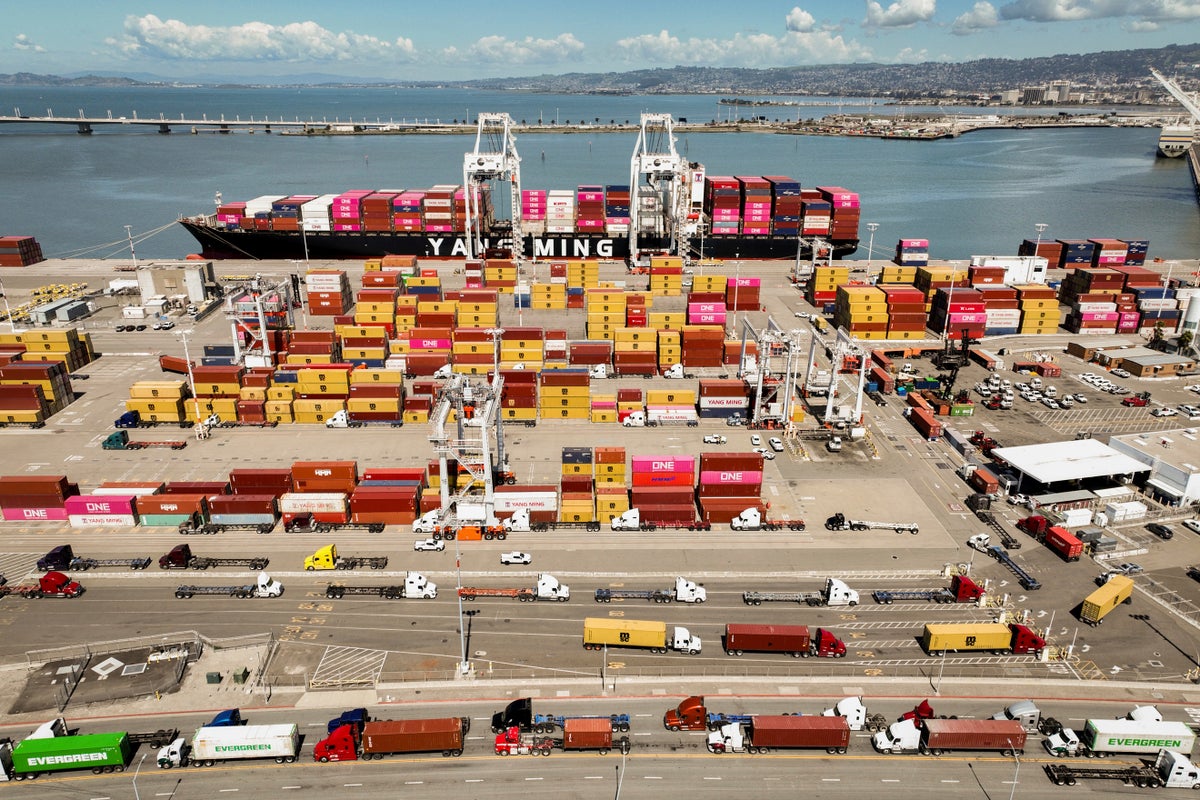The COVID-19 pandemic brought shortages of masks, medical supplies, automotive semiconductors and IC chips for contactless cards, underscoring the vulnerability of global supply chains. Yet in truth, concerns around manufacturing had existed for much longer. Past disruptions — such as Riken's engine piston ring shortage during the 2007 Chuetsu offshore earthquake, Renesas Electronics’ automotive microcontroller shortage following the 2011 Great East Japan Earthquake and the rare earth crisis triggered by the 2010 Senkaku Islands dispute — have spurred industries, especially in the automotive sector, to reexamine and diversify their supply sources.
In spite of this history, why has chipmaking become so critical? Five years ago, only industry insiders were talking about the “semiconductor supply chain.” Now, it’s become a common term, and the fact that it is frequently discussed in industrial circles and public-private dialogues highlights the deep challenges it poses..

Politics

Identifying choke points in the semiconductor supply chain

Addressing bottlenecks in chipmaking is essential for Japan's economic security and requires public-private collaboration, including aimed at information sharing.















